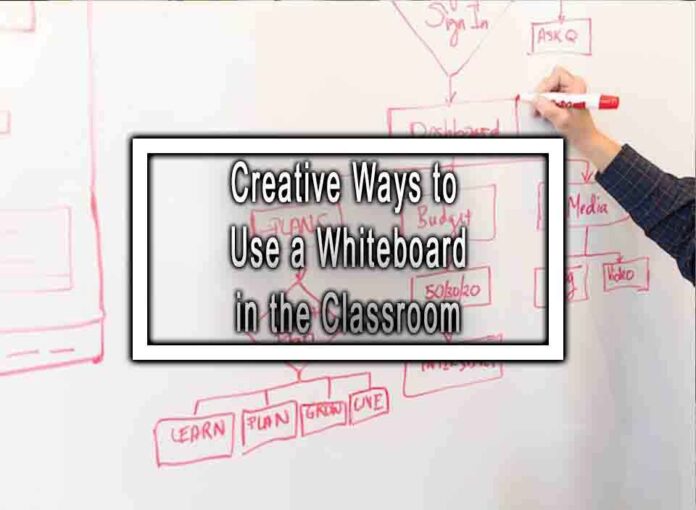Whiteboards are versatile tools that can enhance classroom teaching and engage students in interactive learning. Here are some creative ways to use a whiteboard in the classroom:
1. Brainstorming Sessions:
Use the whiteboard to facilitate brainstorming sessions. Encourage students to share ideas, and write them down as they come up. This visual approach promotes creativity and collaborative thinking.
2. Concept Mapping:
Create concept maps on the whiteboard to visually represent relationships between ideas, concepts, and topics. This helps students grasp complex concepts and see how they’re interconnected.
3. Interactive Quizzes and Games:
Turn the whiteboard into an interactive quiz or game platform. Use it to display questions, answers, and points, making learning fun and engaging for students.
4. Peer Teaching:
Have students take turns explaining concepts to their peers on the whiteboard. This encourages active participation and peer learning, fostering a deeper understanding of the material.

5. Problem Solving:
Present math problems, logic puzzles, or critical thinking challenges on the whiteboard. Students can work together to solve them, encouraging teamwork and analytical skills.
6. Storytelling and Writing Exercises:
Use the whiteboard to collectively create stories or write descriptive paragraphs. This visual approach can inspire creativity and improve writing skills.
7. Vocabulary Building:
Display a “word of the day” on the whiteboard. Discuss its meaning, usage, and synonyms to expand students’ vocabulary.
8. Visual Timelines:
Create visual timelines of historical events, scientific discoveries, or literary movements. This helps students understand the chronological sequence of important events.
Remember that whiteboard usage should be interactive and engaging. Encourage student participation and collaboration, and don’t hesitate to get creative with your teaching methods. The whiteboard is a versatile tool that can adapt to various subjects and teaching styles.










